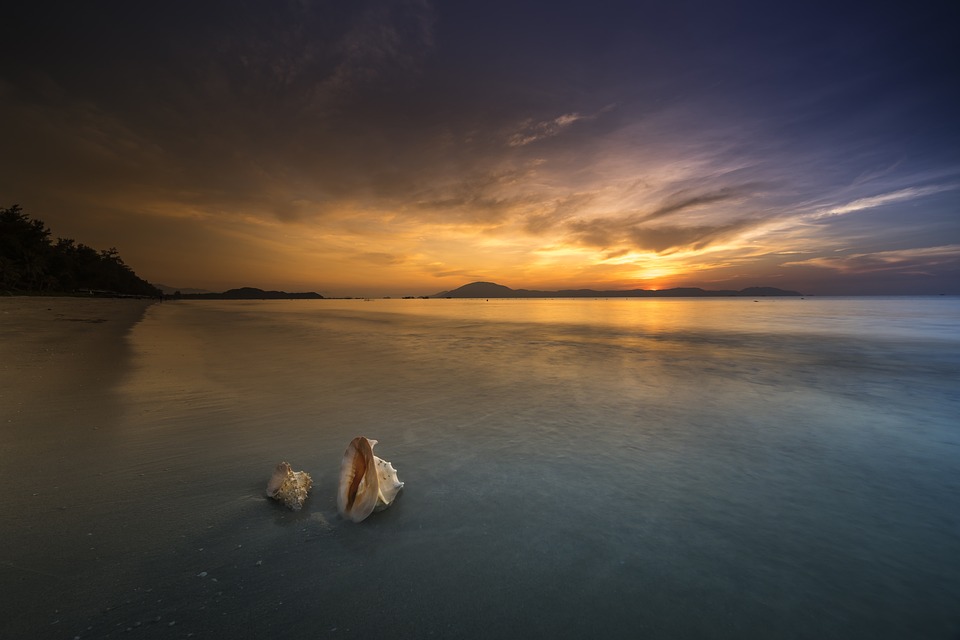How Does Climate Influence the Weathering of Rock?
Introduction
Rock weathering is a natural process that breaks down rocks into smaller particles and soil, playing a crucial role in shaping landscapes and supporting ecosystems. Climate factors such as temperature and precipitation significantly impact the rate and type of weathering, leading to variations in soil formation and ecosystem health across different regions. This article explores the intricate relationship between climate and rock weathering.
1. Understanding Rock Weathering
Definition of Weathering
Weathering is the breakdown of rocks through physical, chemical, or biological processes. It can be categorized into two main types:
– Mechanical (Physical) Weathering: This involves the physical breakdown of rocks without altering their chemical composition. Common processes include frost wedging, thermal expansion, and exfoliation.
– Chemical Weathering: This type involves chemical reactions that alter the rock’s composition, often facilitated by water. Examples include hydrolysis, oxidation, and carbonation.
Importance of Weathering in Soil Formation
Weathering contributes to soil formation by breaking down rocks and releasing essential minerals. The process creates fertile soil that sustains various ecosystems, making it vital for agriculture and biodiversity.
2. Types of Weathering and Climate Influence
Mechanical Weathering
Mechanical weathering occurs through physical processes like temperature fluctuations, which can lead to freeze-thaw cycles. For instance:
– Frost Wedging: In colder climates, water seeps into cracks in rocks, freezes, expands, and causes the rock to fracture.
– Thermal Expansion: In regions with significant temperature changes, rocks expand during the day and contract at night, leading to stress fractures.
Chemical Weathering
Chemical weathering is heavily influenced by climate:
– Hydrolysis: Water reacts with minerals to form new minerals and soluble ions.
– Oxidation: Oxygen reacts with minerals, particularly iron-rich ones, leading to rust formation.
– Carbonation: Carbon dioxide in rainwater forms weak carbonic acid that dissolves limestone.
3. How Temperature Affects Weathering Rates
Influence on Mechanical Weathering
Temperature plays a crucial role in mechanical weathering. In colder climates:
– Frost Wedging is prevalent due to repeated freeze-thaw cycles that fracture rocks.
In contrast, warmer climates experience more thermal expansion-related weathering due to greater temperature fluctuations.
Temperature’s Role in Chemical Weathering
Higher temperatures accelerate chemical reactions:
– For every 10°C increase in temperature, the rate of chemical reactions can double. Warm, humid climates facilitate rapid breakdown of minerals through increased rates of hydrolysis and oxidation[1][3].
4. Impact of Precipitation on Weathering
Moisture and Chemical Weathering
Water is essential for chemical reactions involved in weathering:
– Increased precipitation enhances chemical weathering rates as more water facilitates reactions like hydrolysis and carbonation[2][4].
In humid climates, abundant moisture leads to faster breakdown of rocks compared to arid regions where water availability is limited.
Dry Climates and Slower Weathering
In arid climates:
– Limited precipitation results in slower rates of chemical weathering. Mechanical weathering processes like thermal expansion become more dominant due to significant temperature swings during day and night[3][5].
5. Examples of Climate and Weathering Patterns
Tropical Climates
In tropical regions:
– High temperatures and rainfall promote intense chemical weathering, leading to nutrient-poor soils rich in oxides and clay minerals[1][4].
Cold Climates
Cold climates are characterized by:
– Dominance of physical weathering processes like freeze-thaw cycles, particularly in polar and alpine regions where rock fragmentation occurs rapidly due to frost action[2][3].
Desert Climates
Desert environments exhibit:
– Minimal moisture which limits chemical weathering; however, mechanical weathering through thermal stress leads to cracked and exfoliated rocks due to extreme temperature variations[5].
FAQs: Climate and Rock Weathering
– How does climate affect the type of weathering?
– Warm, wet climates favor chemical weathering; cold climates with freeze-thaw cycles promote mechanical weathering.
– Why is water important for rock weathering?
– Water facilitates chemical reactions in chemical weathering and contributes to physical processes like freeze-thaw cycles.
– Can rocks weather in deserts?
– Yes, though at a slower rate; mechanical weathering occurs through thermal expansion despite limited moisture.
– Does temperature influence the speed of weathering?
– Yes, warmer temperatures accelerate chemical reactions leading to faster rates of chemical weathering.
– Why does chemical weathering dominate in tropical climates?
– The combination of warmth and humidity provides ideal conditions for rapid chemical reactions that break down rock minerals[1][2].
Conclusion
Climate significantly shapes the type and rate of rock weathering through its influence on temperature and precipitation patterns. Understanding these relationships is essential for appreciating how different climates contribute to soil formation and ecosystem sustainability across various regions.

Kyle Whyte is a notable scholar and professor at the University of Michigan, holding positions such as the George Willis Pack Professor in the School for Environment and Sustainability and Professor of Philosophy. Specializing in environmental justice, his work critically examines climate policy and Indigenous peoples’ ethics, emphasizing the nexus between cooperative scientific endeavors and Indigenous justice. As an enrolled Citizen Potawatomi Nation member, he brings a vital perspective to his roles as a U.S. Science Envoy and member of the White House Environmental Justice Advisory Council. His influential research is supported by various prestigious organizations including the National Science Foundation, and disseminated through publications in high-impact journals. Kyle actively contributes to global Indigenous research methodologies and education, with affiliations to numerous institutes and societies dedicated to traditional knowledge and sustainability. Recognized for his academic and community engagement, Kyle has earned multiple awards and served in various visiting professorships. His efforts extend to leadership positions on boards and committees focused on environmental justice nationwide.
